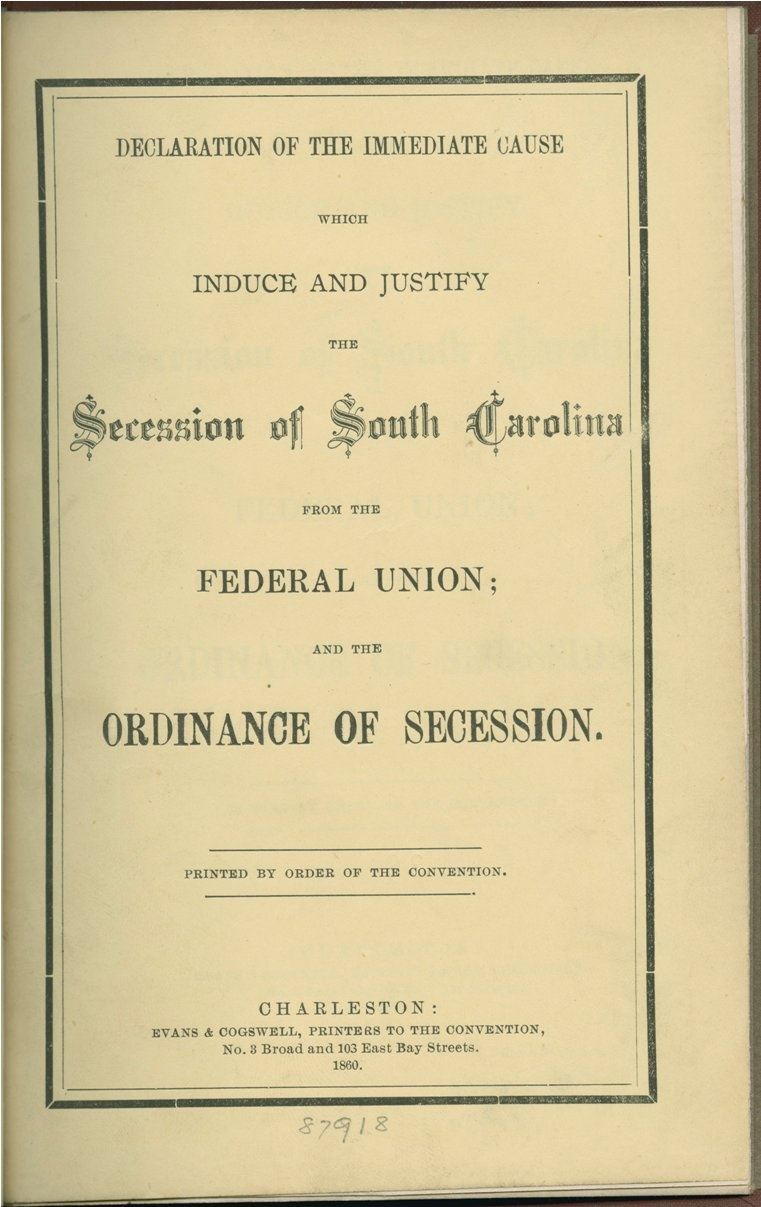Civil War general, William Tecumseh Sherman, is best known in popular culture for his march through Georgia in late 1864, living off the land while wreaking havoc and driving home the hopelessness of the Confederacy’s cause. It enshrined Sherman as a Union hero and early practitioner of total war while also cementing his place as a villain in the minds of Southerners. However, the march through Georgia was not Sherman’s sole rampage through the South. An even more devastating march would take place in early 1865, when Sherman led his men through South Carolina – a state blamed by many for having started the Civil War.
South Carolina Was Widely Disliked
If pre-Civil War America had a problem child of a state, it was South Carolina. Constantly instigating, threatening to secede, and vowing violence upon those who spoke ill of slavery – a South Carolina Congressman nearly caned an abolitionist Senator to death inside the Senate, and became a state hero – Palmetto State politicians gained reputations as firebrands. Decades before leaving the Union in 1860, South Carolina had threatened to secede in the early 1830s during what came to be known as the Nullification Crisis. Things simmered down only after then-president Andrew Jackson vowed to march into the state and hang people left and right.

ADVERTISEMENT - CONTINUE READING BELOW
There was no Andrew Jackson around in 1860, and soon after Abraham Lincoln won that year’s presidential election, South Carolina’s General Assembly declared the Republican’s victory a “hostile act”, and called a convention to consider secession. The convention’s delegates voted unanimously to secede, and South Carolina became the first slave state to leave the Union. The “Declaration of the Immediate Cause Which Induce and Justify the Secession of South Carolina From the Federal Union” left little doubt about why the state was leaving: slavery. It read in relevant part:
“We affirm that these ends for which this Government was instituted have been defeated, and the Government itself has been made destructive of them by the action of the non-slaveholding States. Those States have assumed the right of deciding upon the propriety of our domestic institutions; and have denied the rights of property established in fifteen of the States and recognized by the Constitution; they have denounced as sinful the institution of slavery; they have permitted open establishment among them of societies, whose avowed object is to disturb the peace and to eloign the property of the citizens of other States. They have encouraged and assisted thousands of our slaves to leave their homes; and those who remain, have been incited by emissaries, books and pictures to servile insurrection.”

ADVERTISEMENT - CONTINUE READING BELOW
Four years later, the resultant Civil War was going badly for the south, with Union armies pressing ever deeper into the Confederacy. As 1864 turned into 1865, Sherman had finished leading a Union army through Georgia, devastating the state as it went along. Most of Sherman’s men would probably have preferred to be back home, going about the their daily lives and peaceful pursuits. But if there was no getting around their having to be somewhere other than home, wreaking havoc, despoiling the country, and tearing up and burning stuff, most would probably have preferred that such a somewhere be South Carolina. They would get that opportunity soon enough.
After four years of a terrible war that had been kicked off by South Carolina’s secession – and whose first shot had been fired in Charleston, SC, to the cheers of South Carolinian spectators – most Northerners nursed a deep hatred for the Palmetto State. That went double for Union soldiers, who bore the brunt of the ensuing war. By the war’s final year, most Yankee soldiers relished the opportunity to visit that state for a reckoning, and drive home to its residents that war was no game.

